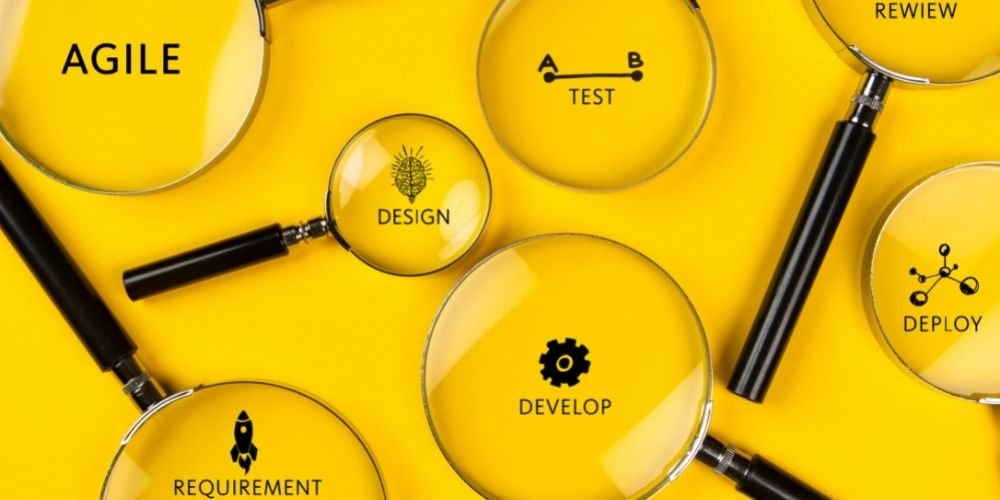Technology is the fastest-changing sector. Software developers had to develop a new management model that could deliver results quickly because technology is constantly changing. As technology changes rapidly across all markets and businesses, corporate executives need to adopt this agile approach beyond their domains — and throughout their entire organization.
An agile mindset allows a company to start a clear vision and then follow a path that adds value incrementally. A completely different approach to traditional “waterfall project management” creates a front-to-back project plan that estimates the resources needed to meet business owners/users and the workstreams necessary to complete the project.
Each step of an agile process produces a minimum viable product (“MVP”) — output that business owners and end-users can quickly evaluate. This feedback is critical to improving results. This methodology builds upon all previous work and adds business value to each iteration. This iterative approach allows companies to adapt their course as they learn, experiment, and develop—a much more straightforward process than traditional project management.

Five Steps to Apply Agile Management
Companies can use these five steps to bring agile thinking into their organizations.
- Do not use rigid forecasting. Instead of creating an end-to-end plan that is comprehensive, create interim goals and KPIs and then get to work. KPI creation should not be limited to the core team. Ask for input from users, business owners and other stakeholders.
- The right team is essential. It is crucial to have a suitable group composition. The group must include the business owner/product and all the necessary expertise to complete the task. You can use your SME knowledge and other creative thinking to bring the team together. The group should be small enough that it can work together and execute quickly. For team size, use the two-pizza rule.
- An MVP should be ready in 2 to 3 weeks. A quick MVP can be delivered to the business owner or other stakeholders. This will provide valuable feedback and often prompt a rethinking by end-users, who may realize that their expectations and initial demands for the project are not met.
- Every iteration should add value. Each MVP iteration should be two to three weeks long.
- Do not be afraid to change the course. Deviations from the original plan can be a good thing. They are not bugs or errors in the program.

Agile Mindset at Work
How does this all work in practice? Let’s say a company responds to a complicated RFP from a potential client. Traditional approaches would involve “farming out” the RFP components to the respective SMEs. This would include assigning due dates, assigning interim checkpoints, pulling together the near-final document, having a “page turn” with the business owner, making adjustments, and then submitting.
The company could use an agile approach to the project and create several pods or teams that are responsible for specific parts of the RFP. Each pod would include a mix of SMEs and critical thinkers as well as creative thinkers. They would all work together to create the content. Each pod would produce new or revised content every week that ties in with the overall RFP response. The business owner would review this maturing process weekly and provide feedback that would allow pods to react and adjust in real-time. Since the business owner was involved in every stage of the document’s evolution, these incremental improvements will enhance the final product and reduce the risk of unexpected changes or significant revisions.
What is the end result? It’s a more agile process that creates a partnership between stakeholders and improves business results. This is agile thinking at work.’



